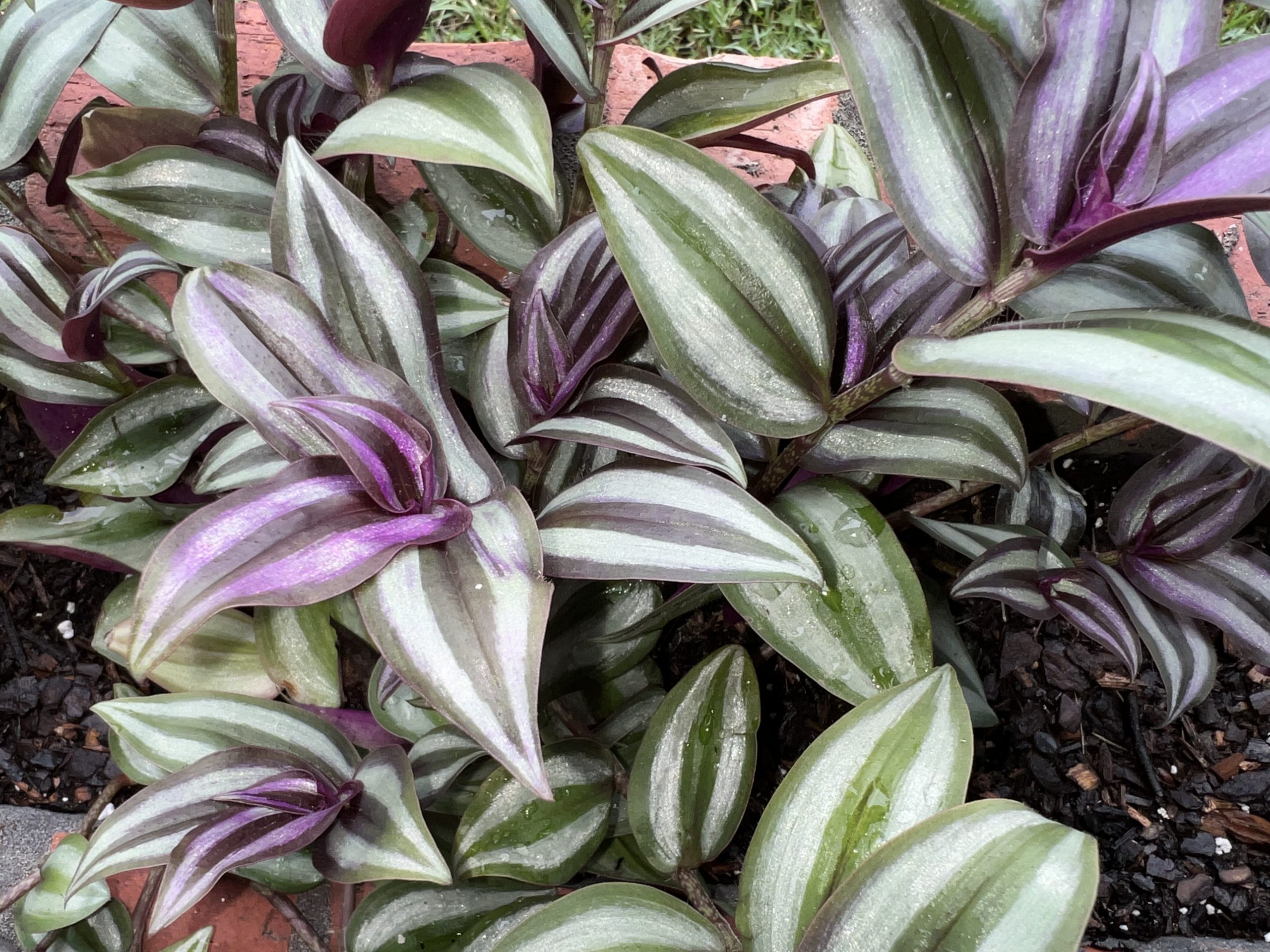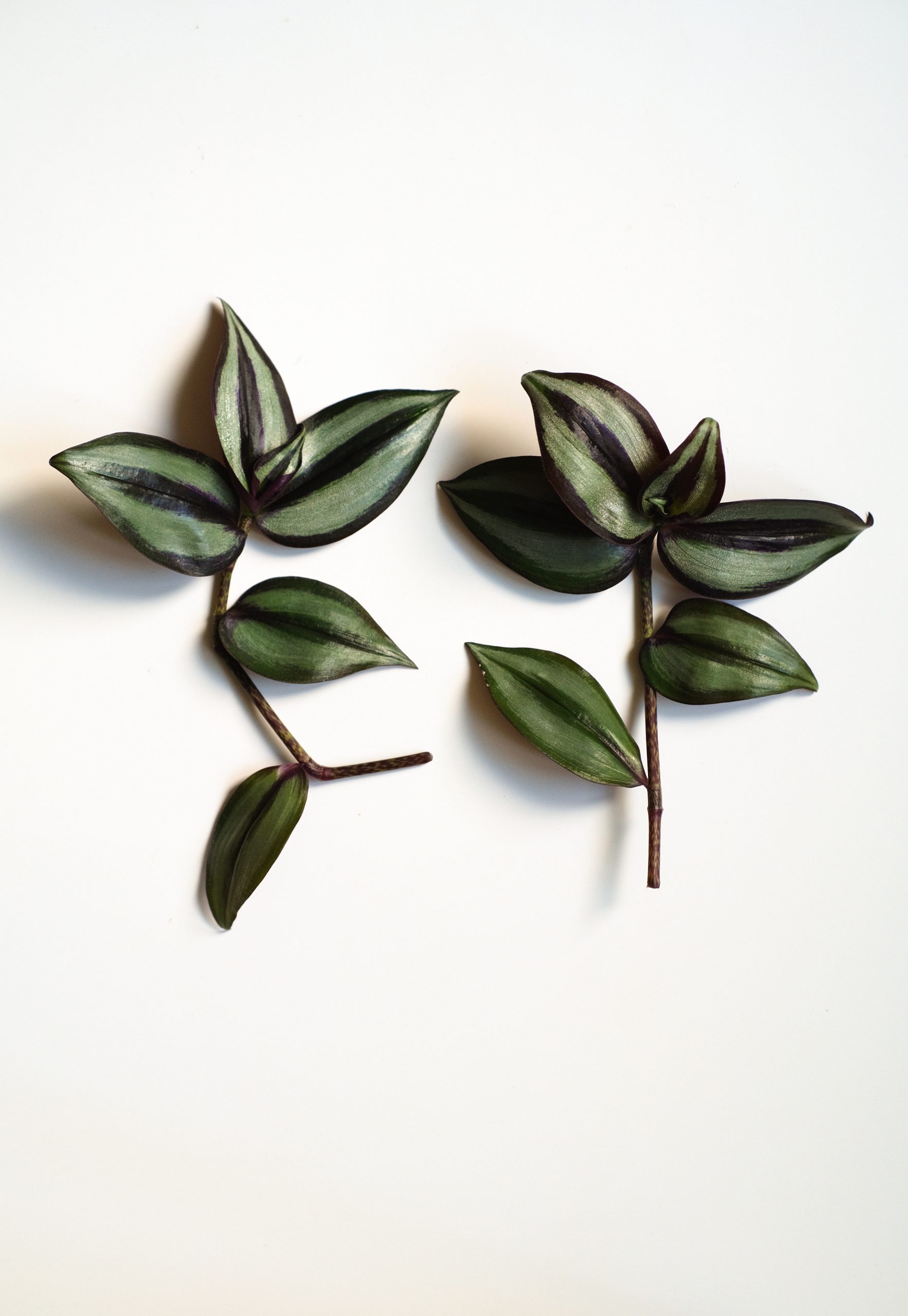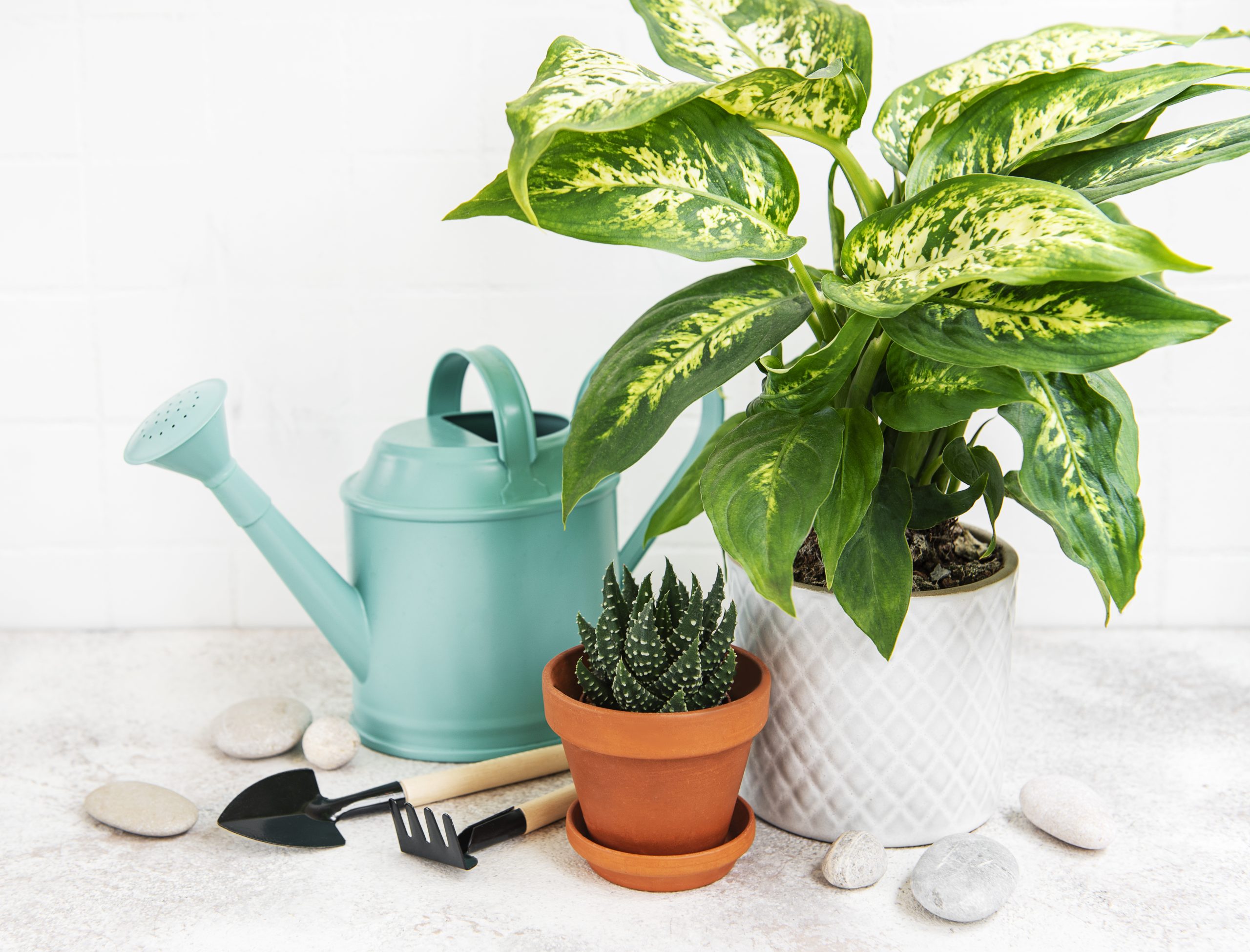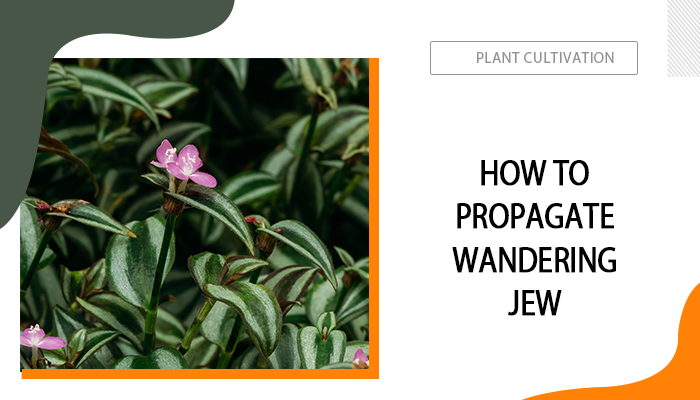A Step-by-step Guide on Wandering Jew Propagation
Propagating a Wandering Jew, also known as Tradescantia zebrina, or inch plant, is relatively easy and can be done through several methods, including stem cuttings, division, and even from seeds. However, if you want to complete wandering jew propagation with minimal effort, cutting stems is the most recommended way. In this post, we’ll go straight to propagate Wandering Jew by rooting the stem cuttings in water or soil. Follow the detailed guide below to know how to propagate Wandering Jew with ease.
Table of Contents
Gather Your Materials
Before we take off the journey, there are some suppliers you need to prepare, including:
- Wandering Jew plant (mother plant)
- Clean, sharp scissors or pruning shears
- Small pots, vases, or containers
- Rooting hormone (optional)
- Plastic bags or plastic wrap (for cuttings)
When to Propagate Tradescantia Zebrina
Spring is an excellent time to start propagating Wandering Jew plants. As the days get longer and temperatures rise, the plant becomes more active in terms of growth. Additionally, the warmth and longer daylight hours of summer seasons also promote rapid root development in cuttings.

Propagation by Stem Cuttings
- Choose a healthy, well-established Wandering Jew plant with purple and green foliage. Skip the ones with pest infections, white spots, discolored leaves, or anything that seems to be unhealthy.
- Using your scissors or pruning shears, cut a healthy stem just below a leaf node, at a 45° angle. A leaf node is where a leaf connects to the stem. While it’s possible to propagate plants from a single leaf, it does not guarantee a successful Wandering Jew propagation, so we will not recommend you to do so.
- Each cutting should be around 3-6 inches long and have at least a couple of leaves on it. However, it’s suggested to eliminate leaves from the lower 2/3 of the cutting to give space for fresh leaves.
- Optionally, you can dip the cut end in rooting hormone to encourage root growth.

Plant the Stem Cuttings in Water or Soil
Now you have two options - either propagate Wandering Jew in water or in the soil. Each method has its highlights as well as minor drawbacks, but we’ll let you be the judge and decide which one to opt for.
4.1 Propagate Wandering Jew in Water
- Submerge the prepared stem in a clear vase or glass filled with tepid water, making sure all the exposed nodes are submerged.
- Place the bottle in a warm and well-lit location so you can observe it quite easily. Ensure the water level remains consistent, and change it if it becomes cloudy or low. Fresh, clean water promotes healthy root development.
- When the roots reach a length of 3 to 4 inches, it's time to transplant them into pots.
Based on our experience, the roots propagated in water tend to be thinner and less robust compared to those in soil. Additionally, if the plant remains in the water for too long, it may have difficulty transitioning back to the soil. Therefore, you need to pot up the cuttings as soon as the roots are tall enough.
4.2 Propagate Wandering Jew in Soil
Propagating Wandering Jew in soil requires a bit more time and effort, but it results in stronger and healthier root development, increasing the success rate of propagating Wandering Jews once they are potted.
- For optimal results, lightly dust the stems with rooting hormone.
- Plant the inch plant roots at a depth of at least 3 to 4 inches in a lightweight, moistened growing medium or a soilless mix.
- Gently press the medium around the cuttings to provide stability.
- Place the container in a warm location with indirect light, and remember to keep the soil consistently moist.
Wandering Jew Propagation Care
When it comes to propagating Wandering Jews care, you can’t miss three factors: light, temperature, and humidity.
Light and Temperature
Place your cuttings or propagated plants in a location with bright, indirect sunlight. Avoid direct sunlight, as it can scorch the leaves. On the contrary, you can always apply grow lights for indoor plants whenever it’s lacking adequate sunlight. Maintain a temperature range of 60-75°F (15-24°C) for optimal growth.
Keep Humidity Adequate

A house plants in flowerpots and green watering can on the table
Wandering Jews appreciate higher humidity levels. You can maintain or increase humidity by misting the plants with plant humidifiers or placing a tray with water and pebbles nearby.
Transplanting
How long does propagated Wandering Jew start to root? These plant cuttings establish roots rapidly, usually within a span of 2 to 7 days, provided that the conditions are favorable. By that time, the roots should be 3-4 inches long.
If you opt to place them in a transparent water-filled vase, it becomes easy to determine when they are ready for potting, typically around two weeks. In soil, you can ascertain root development when new leaves start emerging from the top of the cuttings, or by gently tugging them – if rooted, they should remain firmly in place. Then you can transplant the well-established roots to new pots or containers.
FAQs about How to Propagate Wandering Jew
- Can a wandering Jew grow in just water?
Of course, Wandering Jew (Tradescantia zebrina) can be propagated in water, and it’s even the most common method used to propagate Wandering Jew. Simply snip a healthy stem with a few leaves and submerge the cut end in water. Change the water regularly to keep it fresh, and roots should start to develop in a few weeks. Once a sufficient root system has formed, the cutting can be transferred to soil for continued growth.
- Does Wandering Jew need full sun?
Like many other indoor plants, Wandering Jew prefer bright, indirect light but can tolerate some direct sunlight. While it can thrive in partial shade, providing it with a few hours of morning or evening sunlight can enhance its vibrancy and encourage more robust growth. However, intense, prolonged exposure to direct sunlight, especially during the hottest part of the day, may lead to leaf burn.




